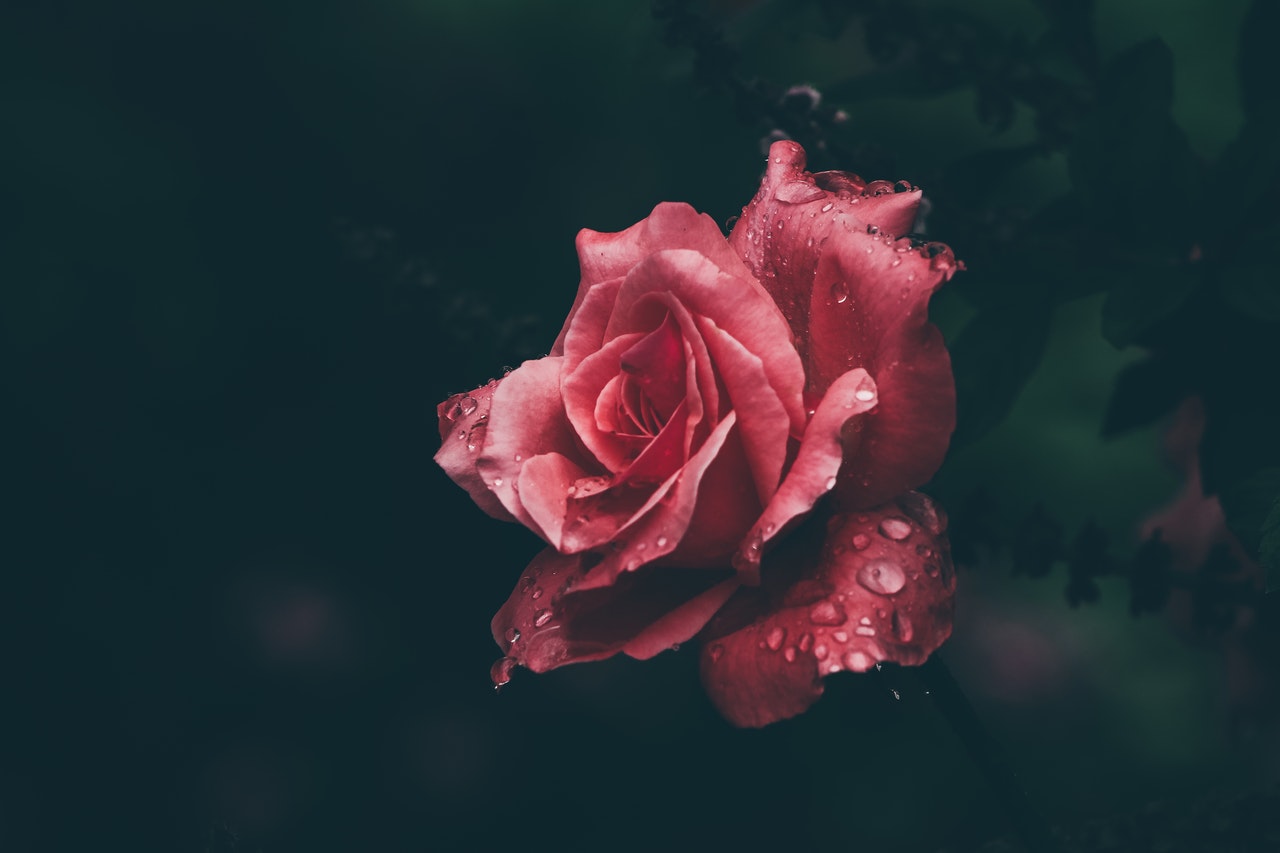A few years ago, Singapore artist Keng Lye’s work went viral on the internet. Many art and design websites featured his layered resin work, which has fish and other aquatic creatures suspended in motion. Now, the artist is exhibiting his latest series at the K+ Gallery, titled Alive Without Breath II: Creature Comforts. We talk to the artist and ask how he got into making these lifelike creations, and what happens when something goes awry in the process of creation.
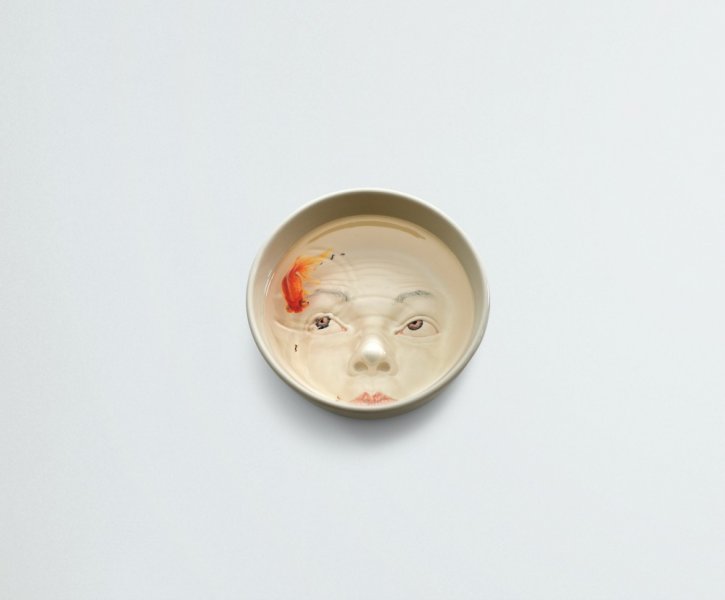 Lucid Dream
Lucid Dream
How did you get interested in art?
[I got interested in art] from a young age. I can’t remember exactly when but I have always enjoyed drawing. I started by copying images from magazines and books. I remember always being frustrated whenever I was not able to come up with illustrations that were good enough. My parents frowned on being an artist as they believed it is not a proper profession. Growing up, I did not have grand dreams or ambitions to be another Picasso. All I knew is that I enjoyed drawing and painting.
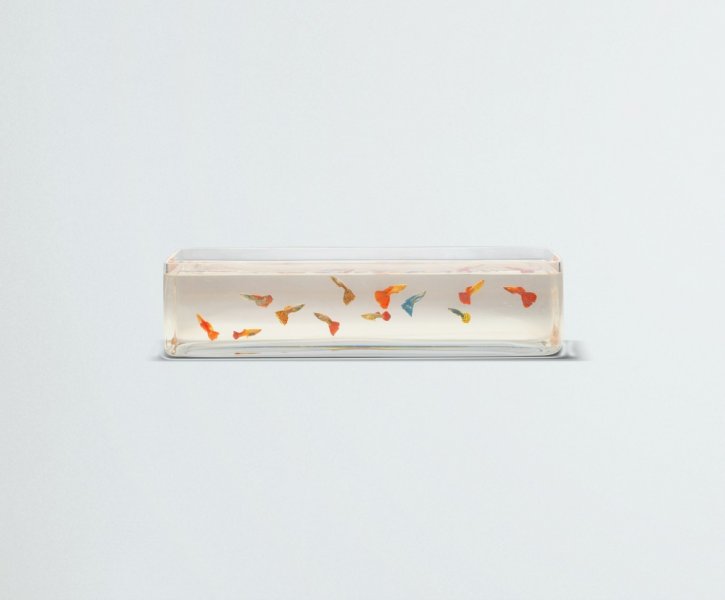 Guppy Love
Guppy Love
Where did you learn and perfect this technique?
After seeing the video on Riusuke Fukahori [who uses a similar technique], I started to experiment with the resin and acrylic layering process. You could say that I learnt from watching Riusuke’s video. I did a lot of research on my own, then I jumped straight into it, experimenting and learning as I went along. It has been trial and error since day one. Even till today I continue to experiment and learn more. I have definitely not perfected this [technique] and I am still very much a student. Perfection is in a galaxy far, far, away. I believe that in the saying that it takes 10,000 hours to arrive at perfection and I have only just started.
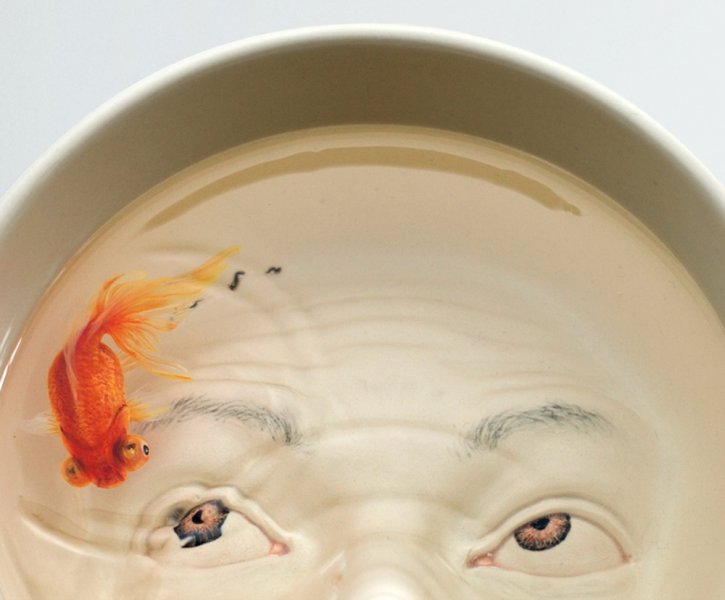 Lucid Dream close-up
Lucid Dream close-up
What do you do if you make a mistake in your work?
Mistakes are part and parcel of the learning process. I try to turn each mistake into an experience that pushes me further to explore other ideas or file it away as part of the learning curve. Take “Two sides,” where the entire piece is a block of resin shaped like a jar. Originally I had wanted to immerse the fighting fish into a glass jar with resin poured into it. The first attempt resulted in the glass jar cracking. I tried it again and the same thing happened. Finally, I had an idea to create the shape of the jar without the actual jar. This artwork caused me many sleepless nights but I persevered and the result is far better than I had originally envisioned.
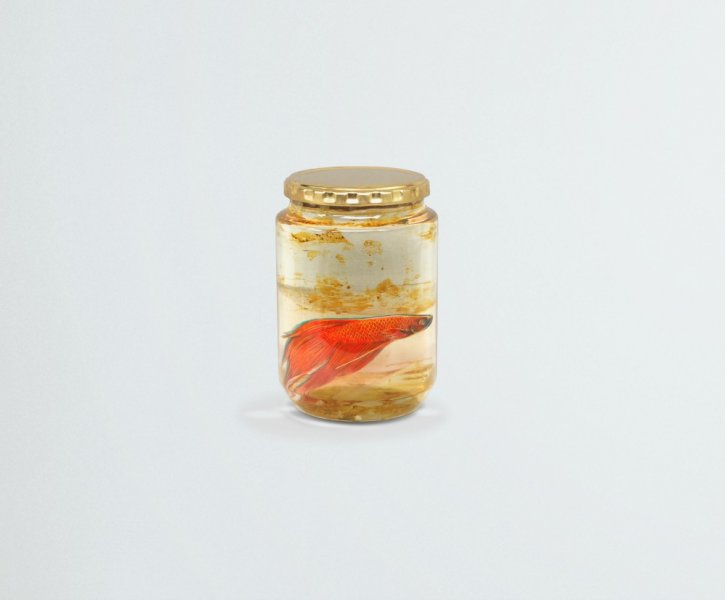 Two Sides
Two Sides
What are some of the setbacks you have encountered as an artist, and how has it made your work better?
Initially I started off with a poor quality resin that resulted in a yellowish cast. This made me do research to find a higher grade resin that is clear and it also forced me to talk to different suppliers and industrial types and establish new relationships; for those who know me personally, you would know that this is something that I don’t usually do. However this process has given me more confidence and motivation to work harder. From here I have learnt to welcome setbacks and mistakes as they give me the opportunity to learn more; to be innovative and to be more resourceful. You have to embrace mistakes––mistakes are stepping-stones to achieve your goals
What do you think is fascinating about aquatic creatures?
Goldfish in particular are graceful, elegant and beautiful. Seeing them in real life gives you a feeling of peace and calm. I like being close to nature and letting nature speak to me.
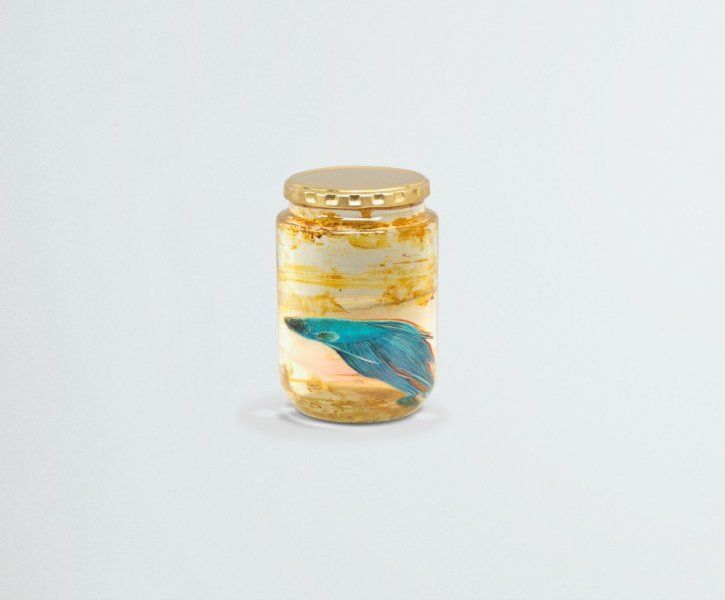 Two Sides
Two Sides
What is the most interesting observation someone has had about your work?
When I first started, I used to leave my work all over the house. One day my friend came over and asked me, “Why do you keep dead fish in the bathroom?” This is usually the reaction I get––especially from netizens. Many have said that I am cruel to keep live fish in a tiny bowl. Some even think that I poured resin over live fish, in the name of art. Till now I am not sure whether to take these comments seriously or just laugh it off.
Overall, how has the online reception been for you?
When I first posted my work online via DeviantArt, then later Facebook, I received a lot of positive feedback in a very short time. Soon after MyModernMet and Colossal featured my artwork. I had not expected this, so it was shocking to me that so many people from all over the world have seen my work online.
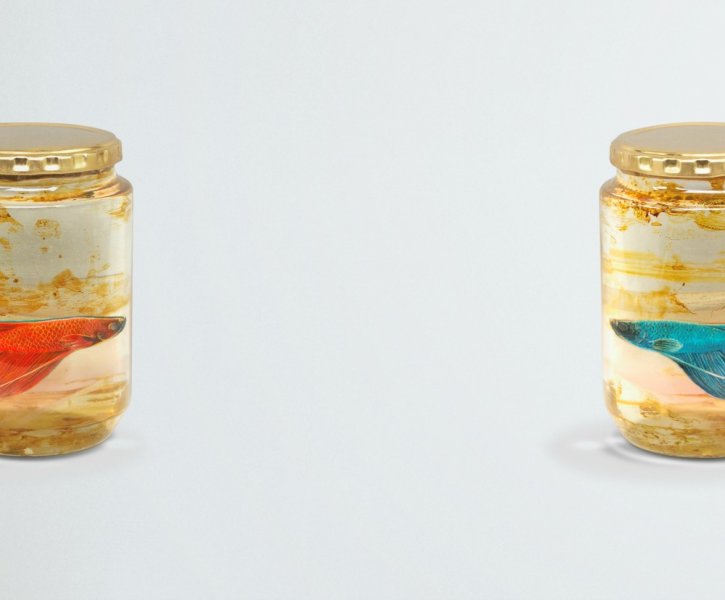 Two Sides
Two Sides
How do you deal with hate on the internet?
First of all, you have to recognize that no matter what you do or don’t do, there will always be lovers, critics and haters. I think it is most important to please myself first and to differentiate between destructive and constructive criticism. There’s no point in getting emotionally involved with haters and letting them destroy your soul.
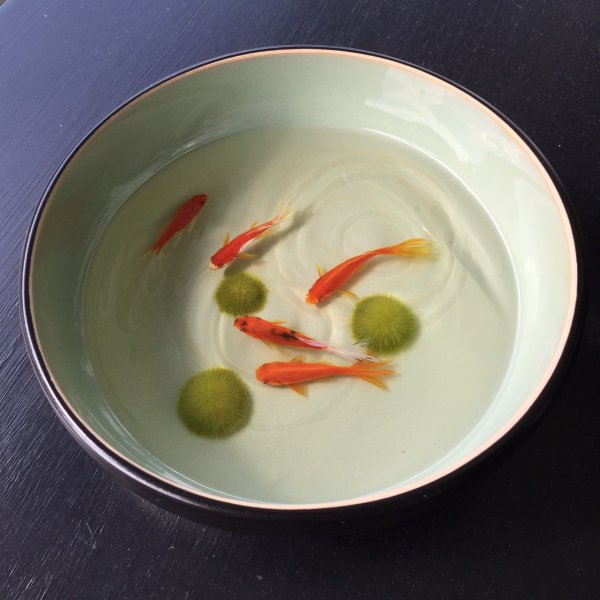 Tiny Treasures
Tiny Treasures



